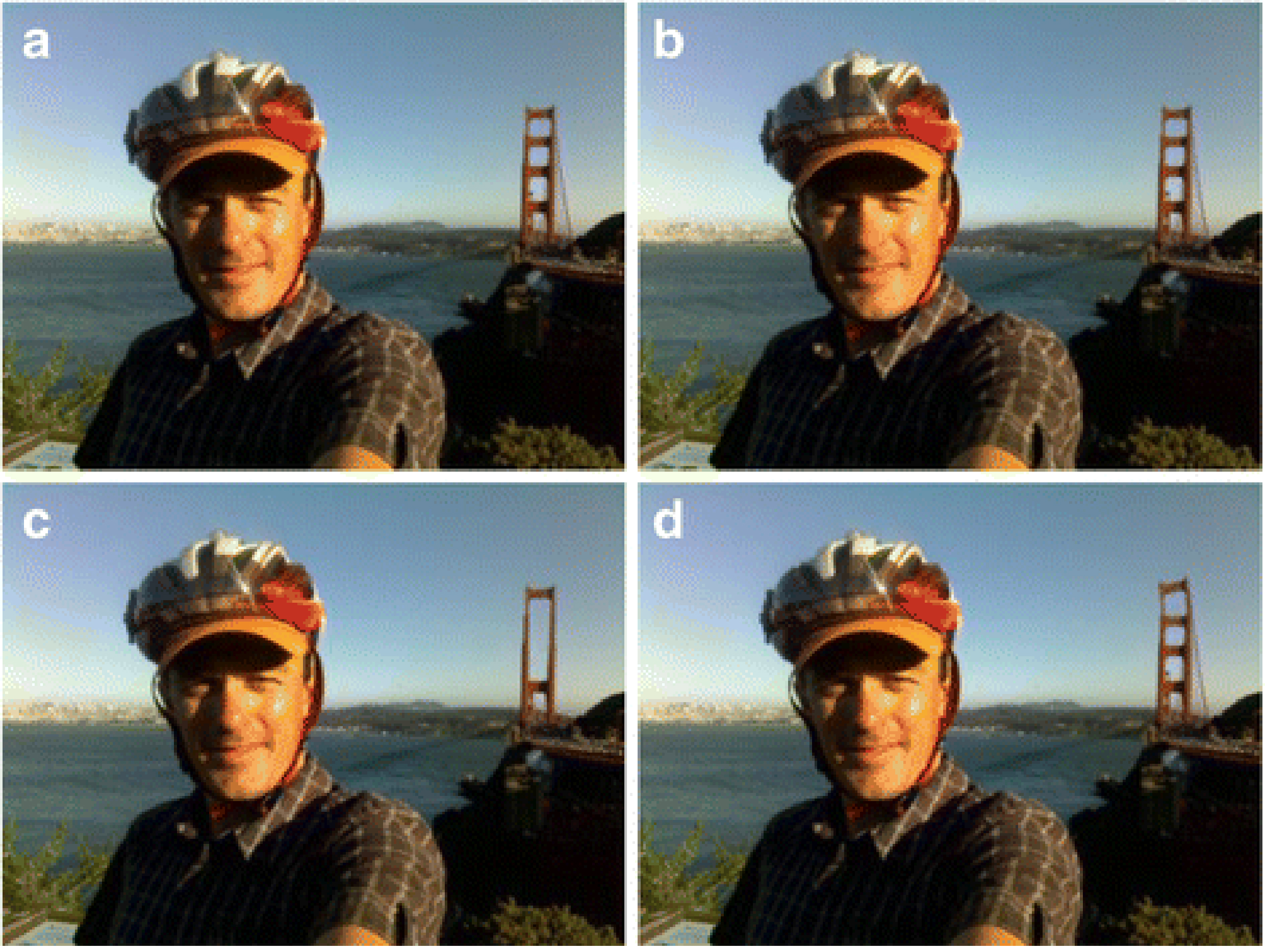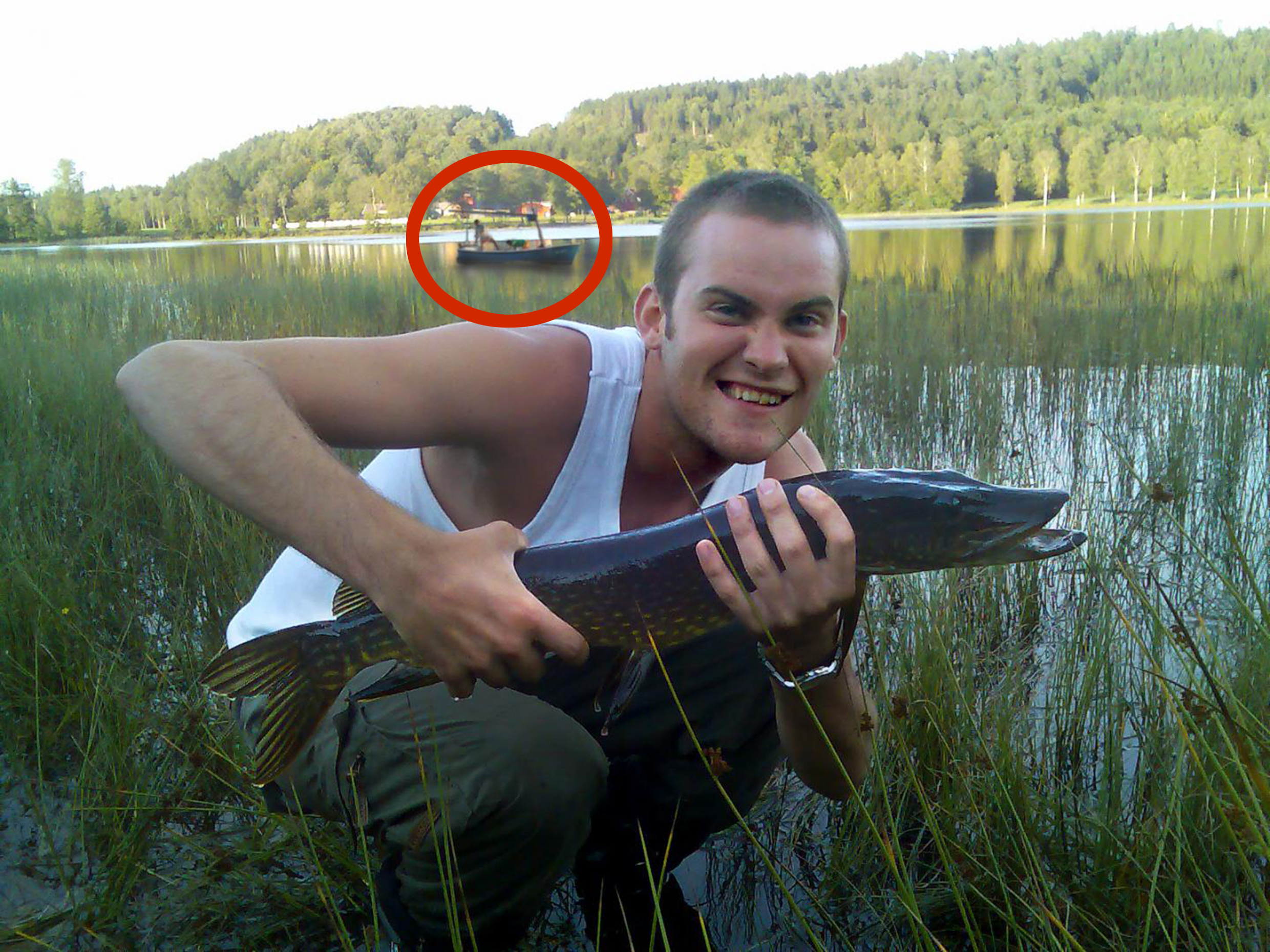Apparently, we aren’t very good at spotting fake photos
Scientists say our poor ability to identify manipulated photos could lead to problems in the context of legal proceedings.

Think you can easily tell a fake photo from a real one? Your confidence might be a little misplaced, if this latest scientific study is anything to go by.
Researchers from the University of Warwick found that 40% of the time, people can’t tell if a photo has been manipulated or not.
And even if they are able to identify an image as doctored, they are unable to pinpoint exactly what is wrong with the image 55% of the time.
The scientists created an online test where participants were shown 10 random images that included a mix of original and retouched photos.

An average of only 45% of manipulations were correctly identified by the participants using a grid overlay to select the regions where a manipulation was present.
Dr Derrick Watson, study co-author from the University of Warwick explained: “We found that people were better at detecting physically implausible manipulations but not any better at locating these manipulations, compared to physically plausible manipulations.
“So even though people are able to detect something is wrong they can’t reliably identify what exactly is wrong with the image.

“Images have a powerful influence on our memories so if people can’t differentiate between real and fake details in photos, manipulations could frequently alter what we believe and remember.”
The researchers performed a second experiment where 659 people were tested on their ability to locate manipulations – regardless of whether or not they said there was one present.
The results revealed ability to detect something wrong was similar – an average 65% of the time – to the first experiment.
This time, participants were better at identifying the manipulations more accurately compared to the previous experiment.
“People’s poor ability to identify manipulated photos raises problems in the context of legal proceedings where photos may be used as evidence,” she said.
“We need to work to find better ways to protect people from the negative effects of photo manipulation, and we’re now exploring a number of ways that might help people to better detect fakes.”
The research is published in the journal Cognitive Research: Principles and Implications. You can take the test here.





